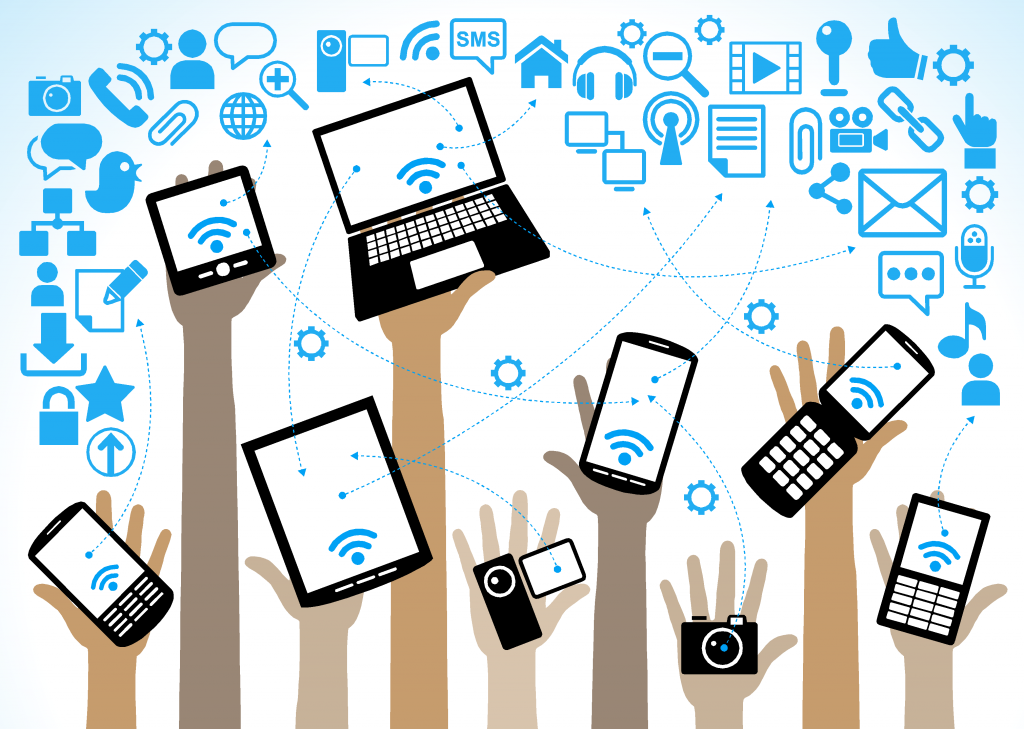I undertook an experiment somewhat similar to Sullivan’s. I went hunting for the weekend and I had little to no service. I thought what better time than to “go off the grid” for 4 days. I used the GPS on my phone for directions to get there, but then I tucked my phone away for the next couple of days. Rather than being connected to the internet, I was present with friends at the camp. I do have to admit, there were times when I would find myself wanting to snapchat people or scroll through Instagram or TikTok. It wasn’t as difficult as I thought, but I definitely realized how reliant I am on my phone.

Facilitation and Putting Technology on the Shelf for a Little Bit
I think there are instances in which technology makes us more and less human. Technology has facilitated communication and connection on a global scale. Messaging, video calls, and social media allow people from all over to stay in touch with friends and family, fostering a sense of community. There are also many technological advancements in medicine that have improved healthcare. Some are known to extend life expectancy (like the ventilator) or enhance the overall well-being of individuals. There are also some arguments for technology making us less human. Depersonalization is one of the biggest problems. The reliance on digital communication may reduce face-to-face interactions, which impacts the authenticity of human connections. It could also contribute to individual isolation. In essence, the impact of technology depends on how it is implemented in society. It can enhance aspects of human life, but it also poses challenges.
TikTok, WhatsApp, Discord, etc., have certainly changed how we interact with each other in terms of the nature of interactions and the frequency of communication. There is constant communication on these platforms, but not in the same manner of face-to-face interactions. For example, a lot of times people are just sending memes or videos back and forth. When cell phones weren’t a thing, people would have to write letters or call each other on the landline. Cell phones make communicating much easier as it takes just a couple of seconds to send a text or make a phone call. Technology has revolutionized communication by providing unprecedented connectivity, but also introducing some challenges related to the authenticity and quality of relationships.


 The
The 







